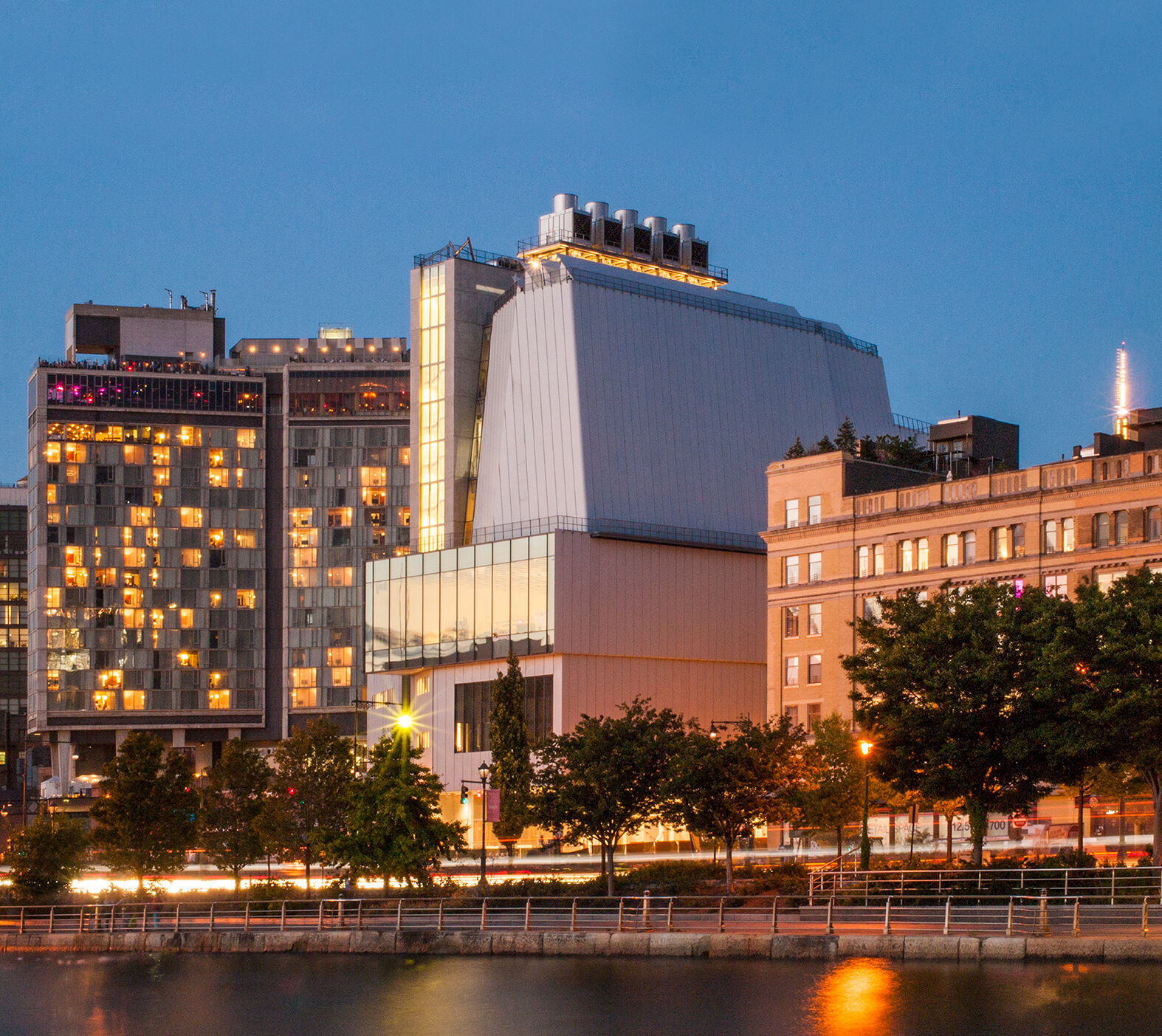High Wire: Calder’s Circus at 100
Through Mar 9
High Wire: Calder’s Circus at 100
On view
Floor 8
Open: Oct 18, 2025–Mar 9, 2026
In 1926 as a young American artist living in Paris, Alexander Calder’s (1898–1976) began making what is today considered his most formative work of art: Calder’s Circus. Calder created a miniature spectacle of circus animals and characters that he would enact for live audiences, complete with handmade stage props, music, and lighting. Performances of the multiact Calder’s Circus, or Cirque Calder in French, sometimes lasted as long as two hours and drew audiences from the city’s avant-garde, including fellow artists Marcel Duchamp, Joan Miró, Piet Mondrian, and Isamu Noguchi. Calder would perch on the floor manipulating the figures—each crafted from ordinary materials, such as wire, wood, metal, cork, fabric, and string—which, through his mechanical inventiveness and the pliability of their bodies, would fly through the air, swallow swords, and accomplish other daring feats. Like many artists at the time, Calder was fascinated by the circus, and he relished not just its broad popular appeal and dramatic risk-taking, but also its structure and kinetics: “I love the mechanics of the thing—and the vast space—and the spotlight.”
High Wire: Calder’s Circus at 100 marks the centennial anniversary of this iconic work by bringing it together with other examples of Calder’s circus-themed wire sculptures and drawings, related archival material, and early examples of his abstract sculptures. For Calder, the circus offered a dynamic subject through which he could explore the core ideas of balance and movement that would define his artwork from 1931 onward, especially his invention of the “mobile” sculpture—an origin story for an artist who once claimed, “I think best in wire.”
High Wire: Calder’s Circus at 100 is sponsored by


Major support is provided by Kenneth C. Griffin and Griffin Catalyst, the Jon and Mary Shirley Foundation, Stephanie March and Dan Benton, and Anne-Cecilie Engell Speyer.
Significant support is provided by Paul Arnhold and Wes Gordon, Jill and Darius Bikoff, Nancy and Fred Poses, and a gift in honor of June and Paul Schorr.
Generous support is provided by Laurie M. Tisch Illumination Fund.
Additional support is provided by The Lipman Family Foundation and an anonymous donor.



